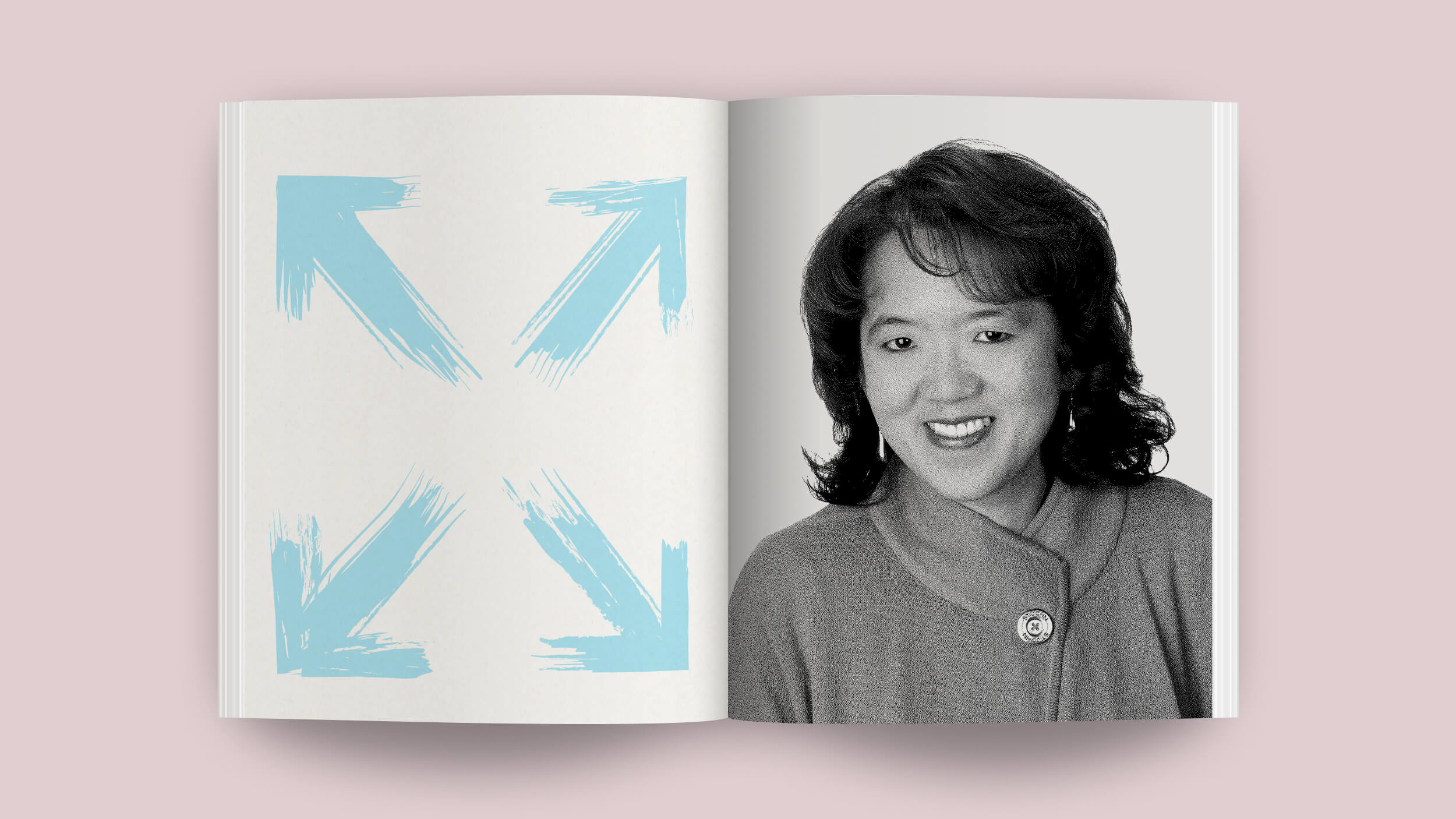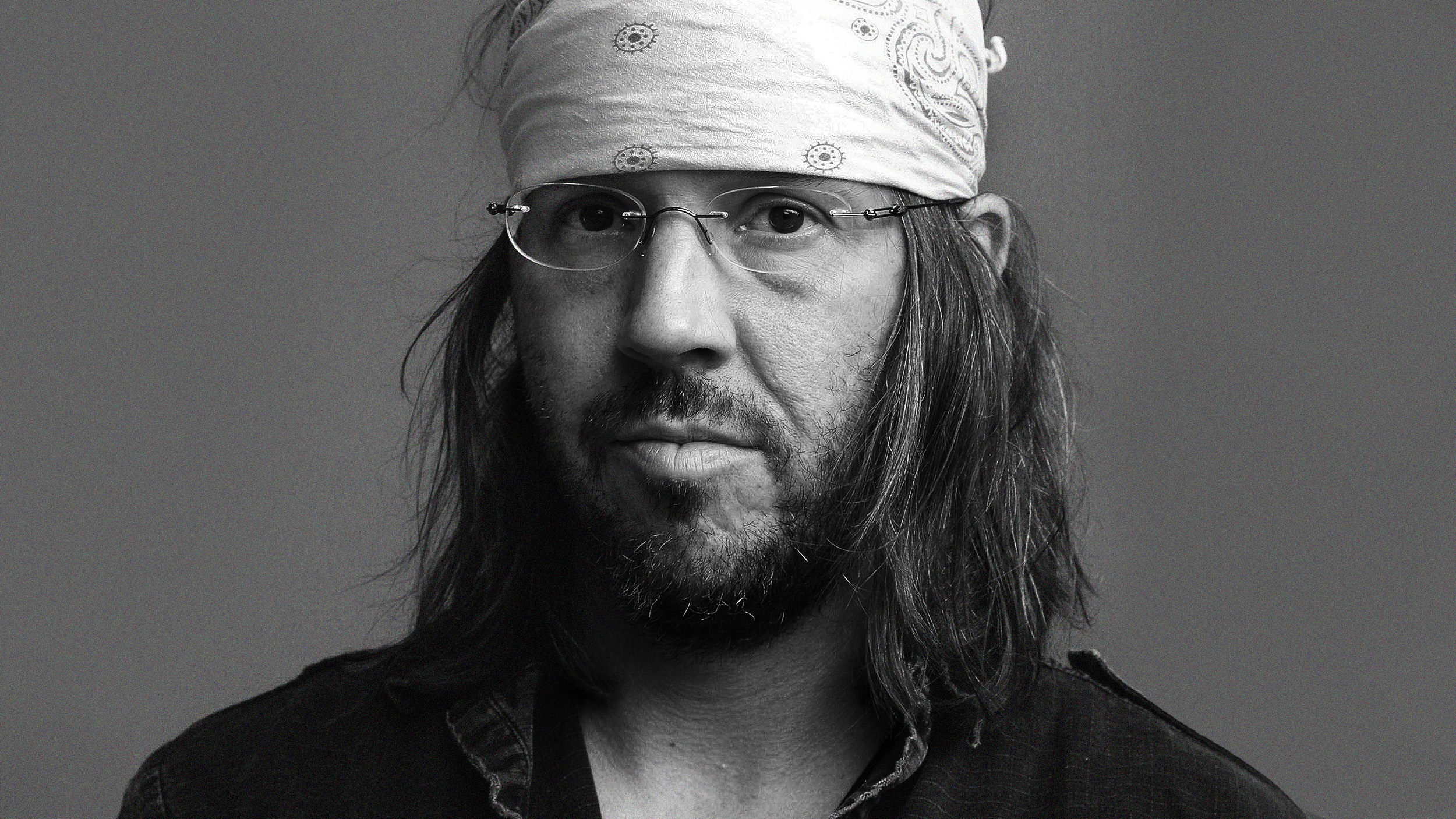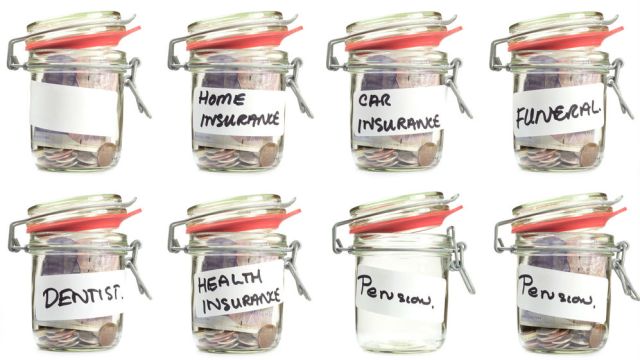How Your Social Network Shapes Your Decisions (And Your Friends’ Decisions)

What’s the Big Idea?
Love your best friend? Good. Chances are you’re unconsciously emulating her. As humans, we all engage in mimicry, says Harvard physician and sociologist Nicholas Christakis, and we usually copy the people to whom we are most connected.
Watch the interview:
This adaptive tic is especially noticeable when it comes to the use and reuse of verbal expressions. The urge to pepper our conversation with phrases we hear uttered by close friends and colleagues can be irresistible. No matter how annoying, pretentious, and useless you find business jargon, for instance, the day may very well come when you want to “take everything to the next level” and habitually refer to easy fixes as “low hanging fruit.” (Where did “no worries” come from? It worries me a lot.)
In one recent study, psychologists showed subjects silent videos of speakers reading a list of words then asked them to repeat the words they saw on screen. Without being instructed to, subjects pronounced the words in the same accent as the person on the video. The researchers attribute this impulse to the brain’s innate tendency to empathize and affiliate.
But we pick up more than just speech patterns from our interactions. “You come to copy [those in your network] along a whole variety of traits,” says Christakis. At work, these include things like energy level, cooperation, productivity, and even health-related traits such as whether or not you smoke. According to Christakis — who, with his team at Harvard, has mapped and studied workplace networks — once we appreciate how intricately and deeply people are connected to each other, we can use that understanding as a tool to call forth better behavior.
What’s the Significance?
“The usual way of understanding workplace organization is the classic org chart where you have boxes and names and it’s like a tree,” he says. In fact, the real structure of an organization looks more like a tangle of Christmas tree lights than a set of hierarchical branches, with every bulb a person and the wire, the ties that have formed between them. In order to be effective, health interventions must be set-up accordingly.
Christakis suggests identifying the most influential people in the network, and targeting education and outreach towards those specific people: “We know that when groups of people, particularly people who know each other and are interconnected collaboratively, engage in something such as a health improvement behavior that they’re more likely to sustain it and more likely to respond positively.”





